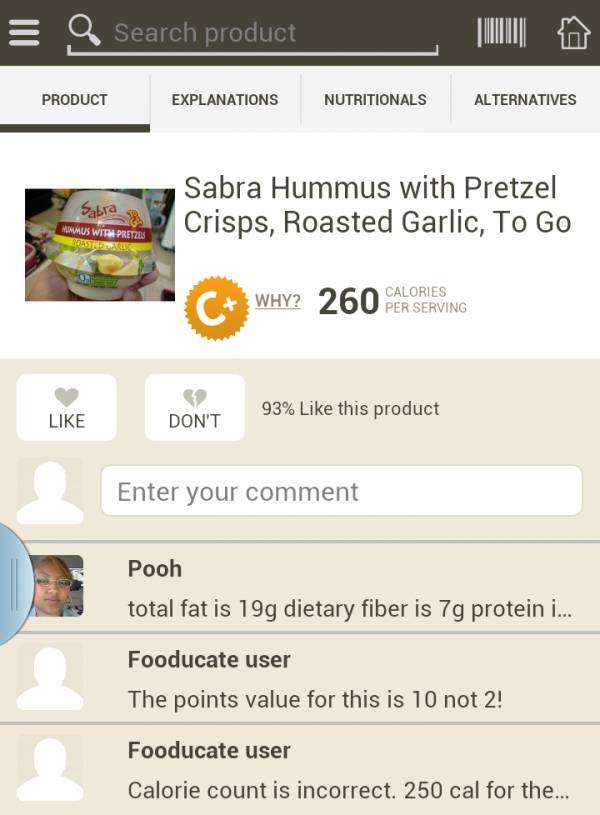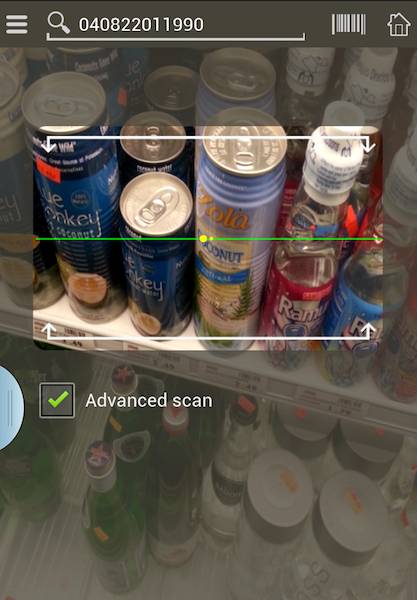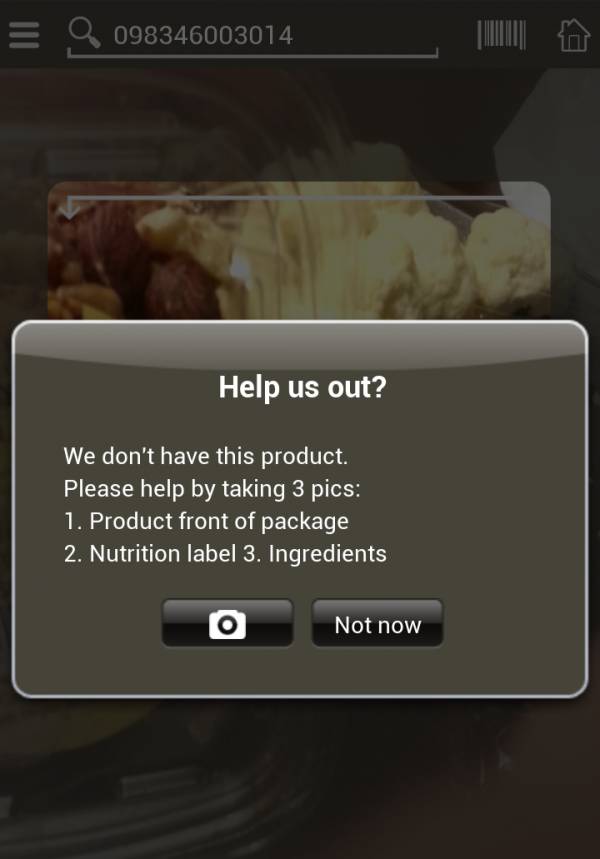

Curious about GMOs or other terms on a box at the grocery store? The goal of the app Fooducate is to allow the user to quickly reference and compare foods. You can search with a barcode scan or search field and find out information about food you buy at the store. The app will also give you suggestions of alternatives that may have a healthier composition, lower sugar, or fewer GMO ingredients.

This app does have a definite idea of what is healthy. For example, it suggests items with “more whole grains” and “less sugar” when suggesting an alternate to Special K at the grocery store. But it also has a great handle on pointing out that terms like “natural” aren’t yet regulated or making sure you know that something has GMO products in it. There is an upgraded version of the software that has gluten and other food allergy filters and alternatives, as well as a way to adjust macronutrients. But without the pay-to-play upgrade, you get the basic Standard American Diet.
I may have had a little too much fun testing this app out at the store. The ability to scan items quickly tends to lead to a bit more exploration than usual, but can also lead to some great finds. Or it might just be a good way to keep your kids amused and educate them at the store.
Fooducate invites you to actively review the foods you find with a simple like or dislike and explain why. This is a somewhat useful feature found on the product page. There’s also a live feed of activity when you log into the app that is educational and more than a little entertaining. It’s easy to guess from both the items and reviews which products are reviewed by a healthy mom, and which are being purchased and reviewed by someone on the way home from the pub after a few too many.


LEFT: Barcode scan screenshot; RIGHT: Add a new product screenshot
In the true sprit of crowdsourcing, there’s another upside of the social function. If the item you’ve just scanned is not in the Fooducate directory, you can take three pictures of it (product front, nutrition label, and list of ingredients) and submit the product to the database. This can feel a bit like finding a new animal out in the wild, and you also get the satisfaction of contributing to the community.
With its own points system for dieters, a large database of foods, and a food logging option on the iPhone version (coming soon to Android) the Fooducate app is a good option for those looking to be more informed of where their food comes from. While I don’t agree entirely with their scoring criteria when it concerns macronutrients or ingredients (whole grains, for instance), I’m not judging based on that, as food is a personal choice. I also liked the ease of the bar scanner and the speed that the app booted up. If you’re looking to self-educate a bit, try Fooducate out and see if it helps you “eat a bit better.”
The Fooducate app is available for free at Fooducate.com.






